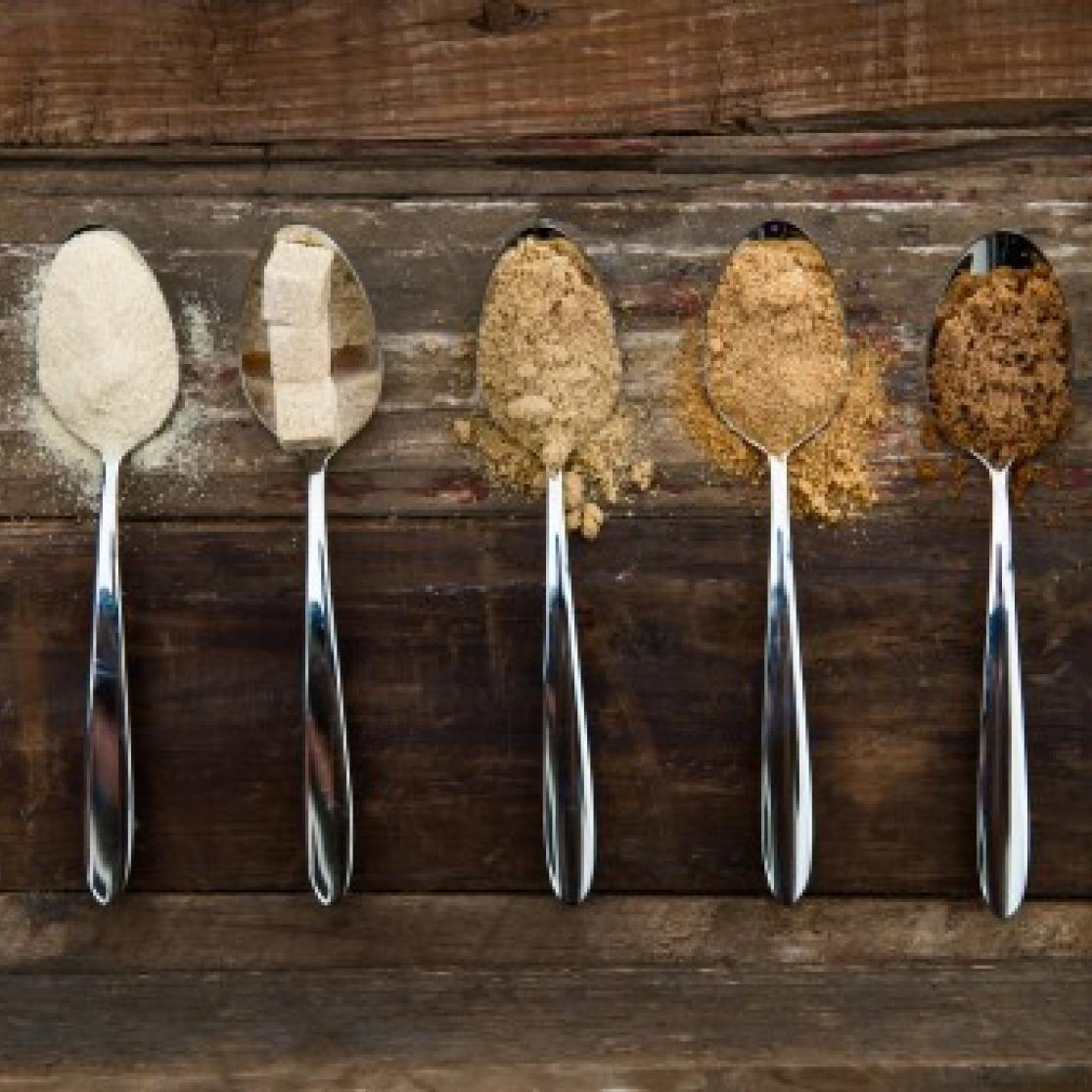Blog: How do our bodies digest sugar?
In this blog series on carbohydrates, Professor Emeritus Fred Brouns gives us the facts on this much-discussed nutrient. In this post, he delves deeper into sugars, which are a type of carbohydrate. What does sugar do to the body, and what is the glycaemic index of different foods? Read part one of this blog series to learn about the building blocks of sugars.
What happens in the body when we eat sugar?
Once in the body, carbohydrates are broken down into their basic units by digestive enzymes in the gastrointestinal tract. Granulated sugar, for example, is broken down into glucose and fructose, and lactose from dairy is broken down into glucose and galactose.

These sugars are then absorbed and metabolised by intestinal and other cells, which have no way of distinguishing their original source. Our cells merely register the type of sugar molecule and react accordingly. In other words, the simple sugars obtained from digesting a potato, an apple, an orange, a sugar beet, honey or a date are all absorbed and metabolised exactly the same way.
What's the deal with the glycaemic index?
In principle, all monosaccharides that are released by digestion and absorbed into the body have the same energy value: four kilocalories per gram. (Read more about monosaccharides here.) Consequently, they all have the same impact on our energy level and body weight. Where they differ, however, is in the degree to which they raise our blood glucose level (also called blood sugar or glycaemic level).
Blood glucose is the glucose our bodies obtain from carbohydrates, which the blood delivers to our muscles and organs to serve as fuel. The glycaemic index (GI) is a standard used to measure rises in blood glucose. It indicates how much glucose is in the blood based on measurements of the blood glucose effect of eating or drinking particular carbohydrates. The index lists values ranging from 0 to 100. The glycaemic index of table sugar is 65, for example, whilst that of pure glucose is 100. As a general rule, foods with a lower GI are better for balanced insulin/blood glucose levels.
How are sugars embedded?
The way in which sugar is 'embedded' in food (what scientists call the 'product matrix') impacts how fast it is digested and absorbed by the body. The GI of white bread is fairly high (averaging 70), because white bread loses its structure very quickly after coming into contact with intestinal juices. This creates lots of small particles that add up to a large digestive surface, which speeds up the breakdown of the starch. Spaghetti, by contrast, has a low GI (averaging 48). This is because spaghetti has an elastic structure that moreover stays springy and intact in water. That means our digestive enzymes can only do their job on the outside of the pasta strand, and because this takes a lot longer, its glycaemic index is low.
Fruit and fruit juices are a different story. Even though you have to bite into a juicy fruit and chew it with your teeth, after which the cell structures have to be broken down in your intestines, there turns out to be very little difference in the body's glycaemic response to whole fruit compared to the juice. After all, the juice is released as soon as you begin chewing. Where the GI of an apple is 38, that of apple juice is no higher than 40; and where an orange is 42, a glass of orange juice is 52. The low GI of these fruits and juices is due partly to the fructose content (fructose has only a minor effect on blood glucose levels).
Digestion depends on packaging
How fast sugars are released during digestion depends on the structure (the matrix) of the food they are in. Above, I mentioned bread and pasta as examples. Similarly, a given quantity of glucose syrup in an energy bar will be released more slowly than the same quantity in a sports drink. Industrially extracted sugars that are added to beverages have already been 'unwrapped' and, once freed up by the stomach and intestines, can be absorbed relatively quickly. This is true of all sodas, energy drinks and sports drinks. By getting rid of the original 'packaging', all the fibres and nutrients that were in it are gone too. All sugary drinks contain these readily available 'empty calories'. And with no need to chew and break down the sugar, it is absorbed so fast that the body doesn't even notice how many calories it has consumed. That makes it easy to consume too many, and when you exceed your energy needs on a regular basis, you're also likely to put on excess weight.
By: Prof. dr. Fred Brouns, Professor Emeritus Innovation Healthy Food Maastricht UMC+
This blog was previously published on www.nederlandvoedselland.nl and www.gezondidee.mumc.nl.
Also read
-
Elvira Loibl Appointed Endowed Professor of Recognition, Dialogue, and Recovery After Intercountry Adoption by the University for Humanistic Studies
Effective October 1st, Elvira Loibl has been appointed Endowed Professor of Recognition, Dialogue, and Recovery After Intercountry Adoptions at the University of Humanistic Studies. The chair is established by the INEA Expertise Center for Intercountry Adoption.

-
Learning from and with our alumni
Each year, Maastricht University (UM) invites its alumni to share their experiences and career development. The annual alumni surveys are of great value to us: they show how our graduates fare on the labour market, how they look back on their studies, and where we as a university can continue to...

-
Le Blanchiment de Capitaux en Droit Ivoirien (Money Laundering in Ivorian Law)
PhD thesis by Williams Boni